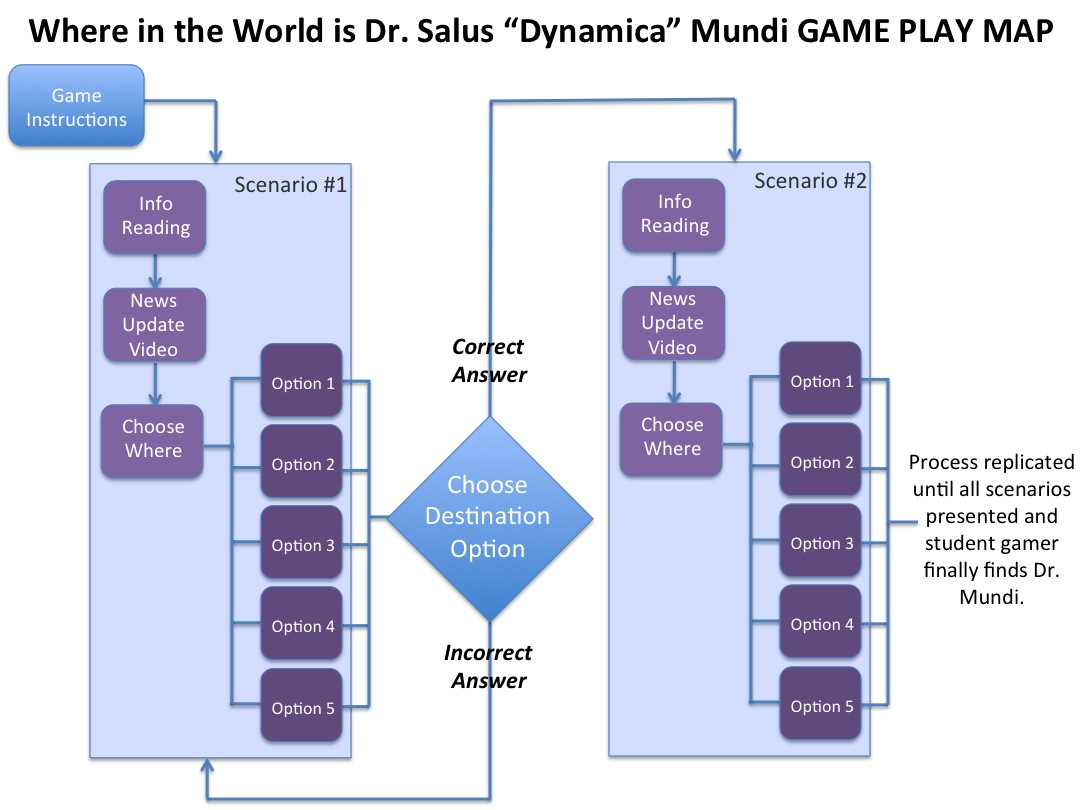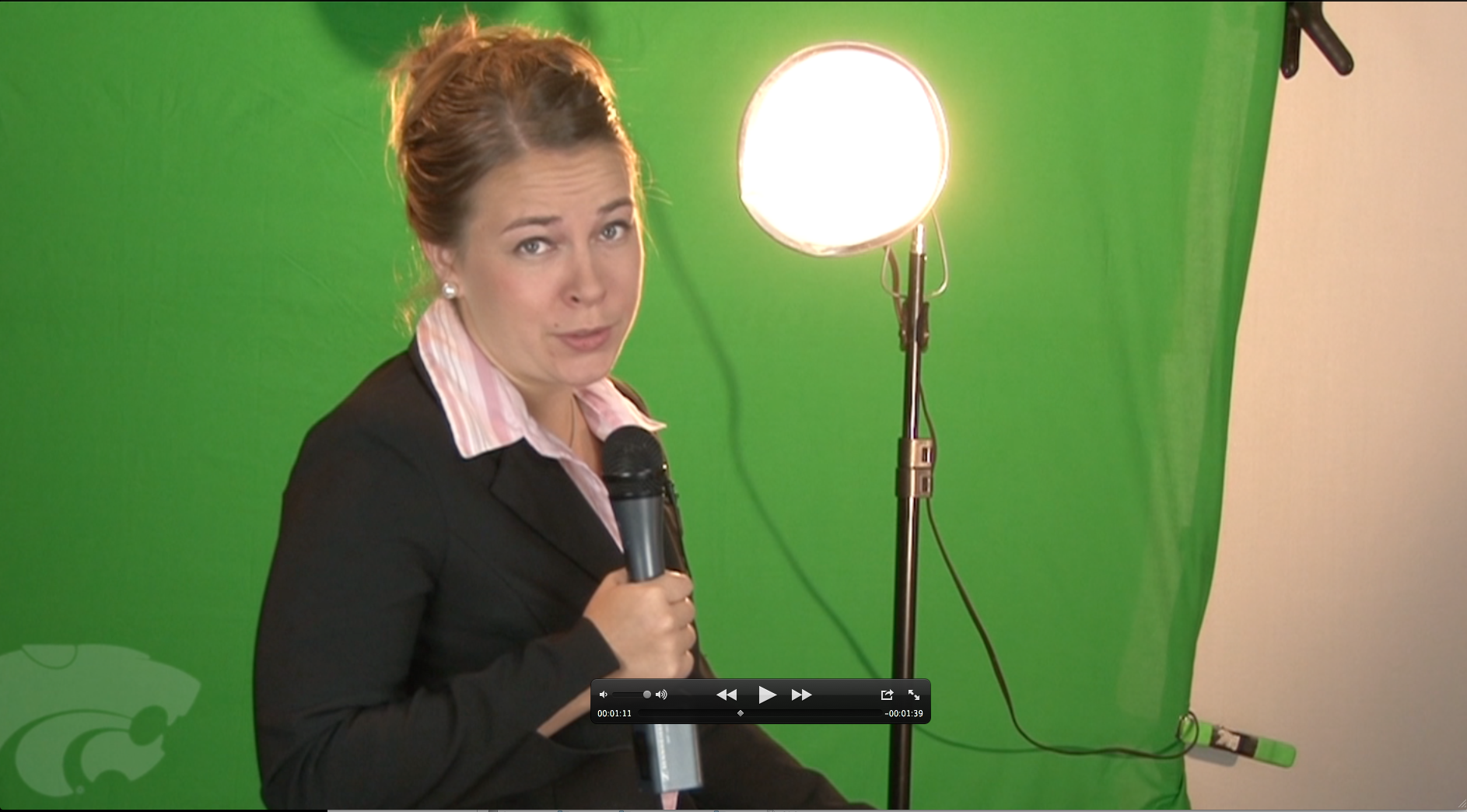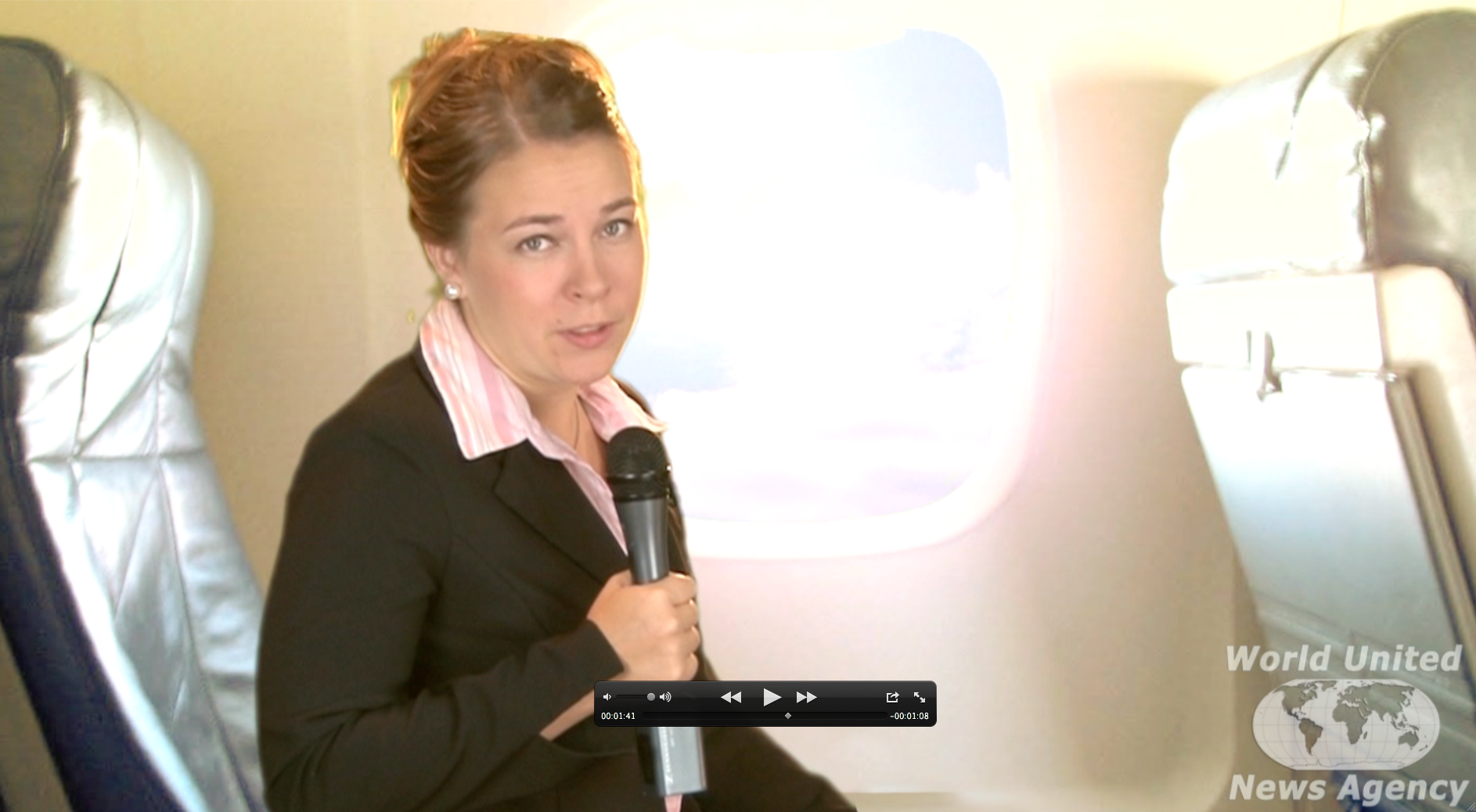
By Brent A. Anders
(Brent A. Anders discussing the Videography Work for the Game)
GOALS
To begin with, this was a difficult but rewarding task in that our goal was to help students learn about what it is like to be part of the world of Global Health. This was our main goal, but we had many sub-goals as well.
We wanted to accomplish our main goal through means that would motivate students and peak their interests in the subject. It needed to be accomplished separate from the main course and had to be stand alone, not requiring constant instructor assistance. Additionally it had to fulfill a very important technical request in that it had to be "cool/fun," and use/showcase current modern technologies. Through the medium of a higher educational game, the goals of this project were attained.
CREATION
Starting Blocks:
The initial creation of the game was the hardest part in that it was difficult to see the big picture as to what the game's function was to be. It is very important for an instructional designer and an instructor to fully address the purpose and function of the game. Here are two very important questions to fully address:
After playing this game, my students will: _____________________?
This is important to my students because: ____________________?
In the case of this higher education game "Where in the World is Dr. Salus 'Dynamica' Mundi," the answers are as follows:
After playing this game, my students will:
Have a better understanding and appreciation for the many different areas and aspects of Global Health. Realize the interconnectedness of issues and areas associated with the topic of Global Health.
This is important to my students because:
In understanding and appreciating the interconnectedness and aspects of Global Health, the information within the course will be that much more impactful, relevant, and applicable. The game itself will be fun and motivating which will transfer to the actual course.
Game Play:
The next part to address in games creation was on deciding what type of game this was actually going to be. There were basically two game-modalities to choose from:
The first is that of a type of game where the user learns directly from the game and applies this knowledge/skill to complete/continue on with the game (lets call it a "Direct Learning Game"). The older game "Oregon Trail" is a great example of this in that you directly learned what it took to survive on the Oregon Trail and then you applied that knowledge/skill so as to continue on and finish the game. Another example would be a first person shooter games in that you improve your ability to shoot as well as start to learn how to maneuver and find your way through the game's map. The game directly teaches you this information (or skill) and then you use this information to win/succeed.
The second type of game is one where the learning content is presented but isn't necessarily the main focus of the game (let's call this an "Indirect Learning Game"). Here learning content is shown/mentioned within the game but not specifically taught. An example of this could be a simple racing game where the game takes place across all 19 states/territories that make up the Middle East (reference: CIA Factbook). Students would be given various cues (audio/visual) that they were now racing in a particular Middle Eastern country, within its capital: "You are now racing in Doha, Qatar!" The game objective would be to win the race but the indirect learning would be for them to learn the location and names of the Middle Eastern countries and their capitals. Benefits to this type of game are that it is much easier to create. One would take an existing game and simply apply scenarios, locations, etc. that correlate to the desired subject matter. Another benefit is that one can apply it to a popular game that has been tested and people are already motivated to play (racing type games continue to be vary popular across all gaming platforms: cellphones, laptops, Xbox, PlayStation, Wii, etc.).
The decision was made that Global Health would have an indirect learning game in that it best correlated with the previously stated goals.
The "Where in the World is___" type of game is actually a "Choose Your Own Adventure" type of game. You are given information and then you choose a course of action (where to go or what to do). Depending on how the information is presented within the game. For our game specifically, the game consists of being presented with a Global Health situation in which the main character's (Dr. Mundi's) actions are described. The viewer (student game player) views the information and tries to identify clues as to where in the world Dr. Salus "Dynamica" Mundi could be. They then choose where to go. While identifying clues and deciding where the Doctor could be they are being exposed to issues dealing with global health and its interconnectedness, which equals indirect learning.

The game is self-correcting in that a wrong answer will take you to a location where the doctor is not present, but you will simply be allowed to choose again until the correct decision is made. This is beneficial in that it does not require the instructor to be constantly present or monitor the students' game play. The function of the instructor is to teach the course and answer questions, not to administer the game.
Game Style
Many different techniques where contemplated as to how the game would actually be presented. Some of the delivery ideas included iPhone/iPad app and Flash. Although they still haven't been completely ruled out, the choice was made to use regular web pages with videos. To stay with the theme of global health and to maximize excitement and motivation the game needed to take place within many different countries. Since the budget did not contain millions of dollars for on-location filming, the use of green screen was incorporated. Actors where filmed in front of a green screen and where then digitally placed in scenes such as on an airplane, in Canada, India, Sweden, Russia, etc. Use of student actors and volunteers as well as domain-free images were used to keep costs down. The positive results greatly enhance the game's realism and emotional impact so as to aid in learning.

(Green Screen Still of Actress Mary Werick)

(Digitally Edited Video Still of Actress Mary Werick on a Plane)
The idea of following a global reporter was used so that she could talk directly to the student gamer so as make the game more personable and impactful. The reporter assisted with the clues presentation and allowed the student gamer to be exposed to multiple technologies/media types such as: web magazines, YouTube Videos, Facebook, LinkedIn posts, Twitter, and others. This was beneficial in that it was one of the main goals set at the beginning of the project: be "cool/fun," and use/showcase current modern technologies.
Game Costs
The charge for the video and script work done for this video was $3000, but a lot of it was done via volunteer work and people simply donating their own time and effort. In actual work hours, the total would be about 80 to 100 hours (this could triple the actual cost of creating the game). But the costs can vary based off of how one would chose to make and present a game, whether one chooses professional video or not, or if video is even used within the game. The only limitation is in one's own creativity.
ASSESSMENT
Assessment is always an important aspect of any project. As this project has yet to be fully implemented, only minimal assessments have been done. These have consisted of presenting the game to higher education students and judging their reactions to it. So far it has been vary favorable.
Various means where considered for the assessment component of this game. One idea was to create a "game score" so that students would gain points for getting correct answers and lose points for incorrect answers. This idea didn't correlate well with the goals of the game so the current plan of assessment is to give surveys to the students so as to ask their opinions as to the value of the game. An optional idea would be to teach the class to two separate sets of students, one with the game available and one without the game available and compare student grades. It would be difficult to fully compare classes in that the game is to be presented as an optional tool. Students will not be forced to play the game, it will just be suggested by the instructor as a way to better understand and feel what it is like to be a global health practitioner.
CONCLUSION
Although there are time and monetary costs, creating a higher education is worth it. Further assessment are of course needed just as in any venture into education but make educational content more engaging and fun is needed across virtually all areas and games are one way to make it happen. This project was hard but fun while at the same time causing deeper thought of the subject matter and motivation to continue to improve.
The development team's learning from this game continues based on feedback from those who've played and chosen to share comments. Please feel free to contact us via email.
Brent A. Anders (superman@k-state.edu), Director, Videographer, and Game Master / Game Script Writer
Dr. Deborah J. Briggs (briggs@vet.k-state.edu), Principal Investigator, Writer, and Game Inspiration
Dr. Shalin Hai-Jew (shalin@k-state.edu), Instructional Designer, Writer, and Instigator
Zachary J. Caby (zjcaby@k-state.edu), Videographer and Actor
Mary Werick (mkwerick@k-state.edu), Videographer and Actor

The Principal: Dr. Deborah J. Briggs is a dream to work with. She is informed, supportive, thorough, conscientious, and easy-going. She is game to try new things, and she took risks in ways that many faculty would not. She allowed us to play off the reality of her near-constant travels as the core inspiration for this game in order to share her knowledge of global public health and rabies prevention. That Dr. Briggs does not earn a salary for her work says a lot about her personal commitment to global public health.
The Actors: Thanks to Dr. Deborah J. Briggs, Zachary J. Caby, Mary Werick, Dr. Jodi Freifeld, and Artur Gregorian, for their cameos in the game videos.
Funding and Administrative Support: The K-State College of Veterinary Medicine paid for the videography work for the game, which was provided through the Office of Mediated Education. The Information Technology Assistance Center (iTAC) provided instructional design support under a grant for the co-development of the graduate course; it contributed the work for this article, photo album design, and game work gratis. K-State's Division of Continuing Education covered the seed money for creating the course on Global Health. The development team is grateful for the support of the administration.
Support from Others: SoftChalk CONNECT has generously provided a free account for use by the development team to present the sidebar on rabies prevention and this game, into perpetuity. Thanks to Steve Saltzberg for his help in arranging that. The Vimeo® video sharing service was used to host some of the videos. The development team is grateful for that free service.
toc | return to top | previous page